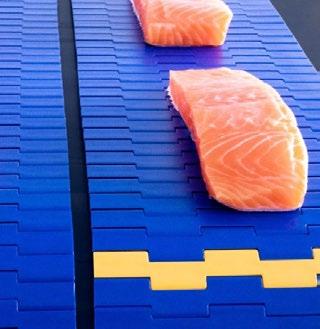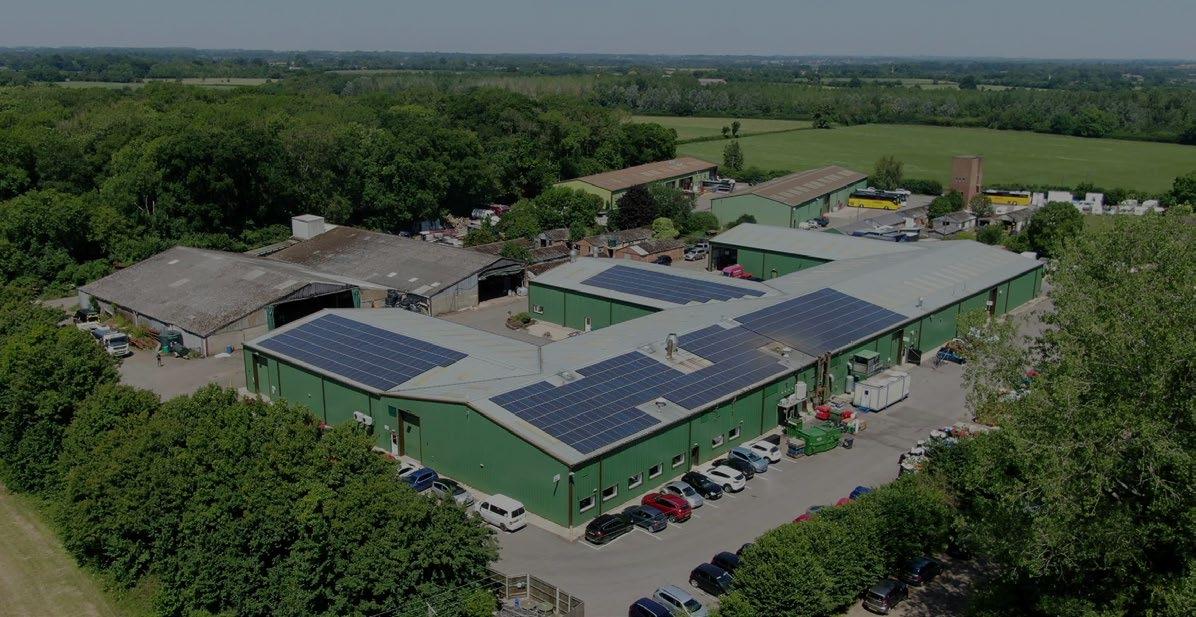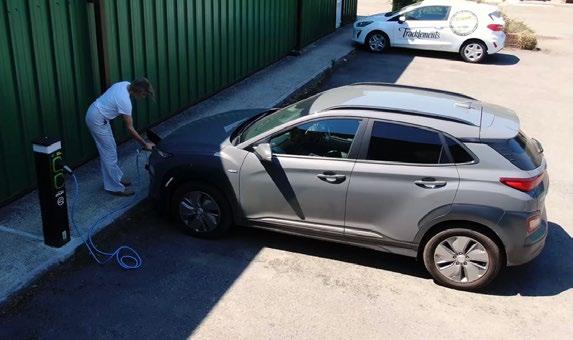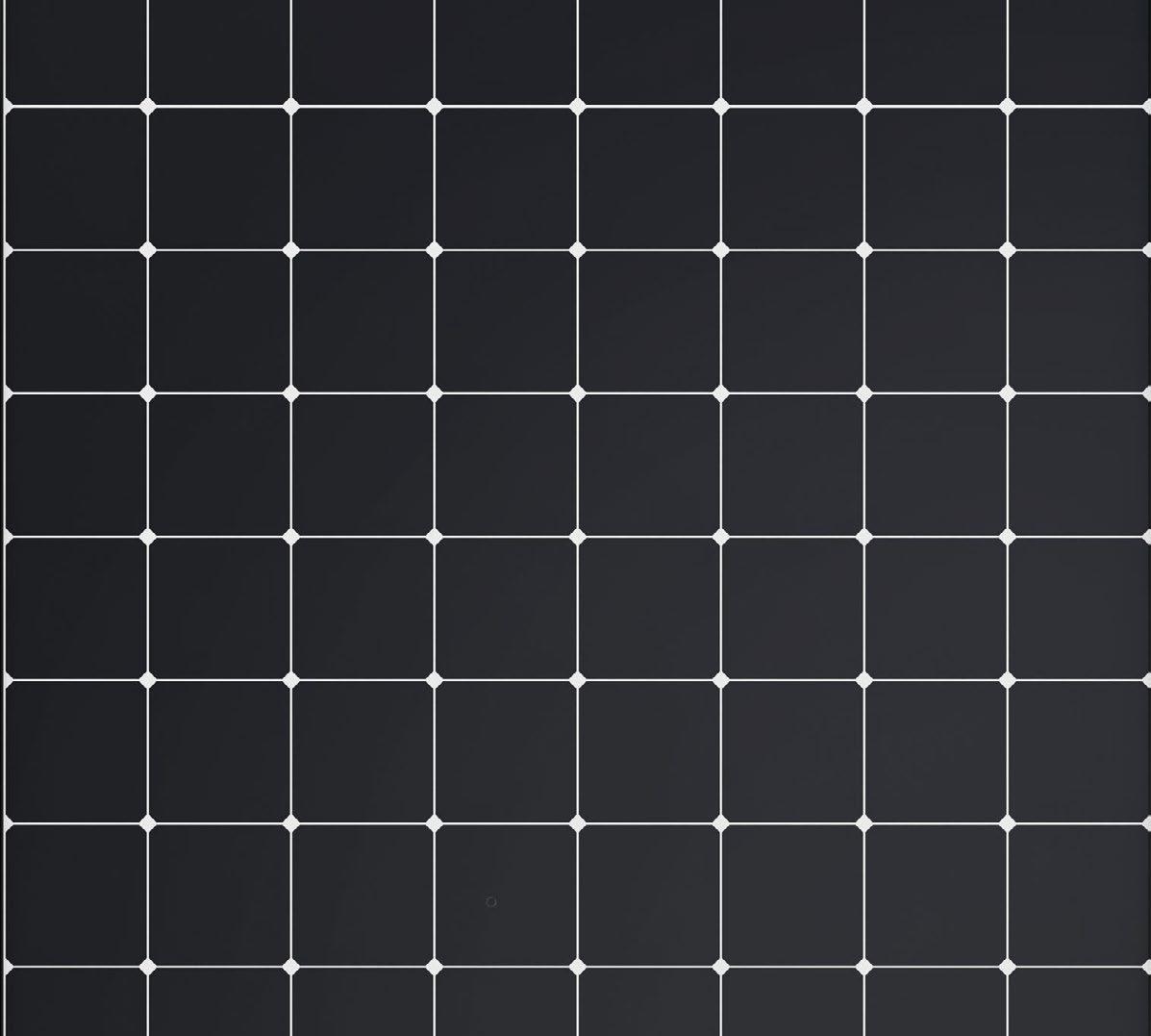
5 minute read
HABASIT
What is the best conveyor belt for food safety?
Running a food processing plant is not an easy task, not least because of the complexities of dealing with food safety and hygiene. This makes choosing the right conveyor belt to use in food processing applications a crucial task. Here Anna Marcol, marketing communications manager at conveyor and power transmission belt specialist Habasit, shares insights from a recent webinar delivered jointly by experts from Habasit and NGI, who discussed how hygiene-rated equipment and the right choice of belt type and material, are crucial in achieving food safety.
While food plant managers do a good job of keeping their facilities clean, food debris and microbes can still find their way into the smallest of dead spots. Bacteria can harbour on and in conveyor frames, under equipment, under the belt, or even in the small gaps of a plastic modular belt. What’s more, they can elude even the most rigorous cleaning cycles, leading to excessive use of detergent, water, time and energy.
When thinking about food safety and hygiene, food processing professionals should consider two key areas: hygienerated equipment and the right choice of food-contact elements, including belt type and material.
HYGIENIC APPROACH
In open conveyor systems, food debris can contaminate surfaces and get into crevices and internal support structures over time. While effective cleaning and sanitation plans reduce contamination, equipment and components designed specifically for hygiene can take less time, water and cleaning agents to clean and sanitise.
Therefore, equipment and components should be appropriately hygiene certified for food. This includes meeting minimum hygiene standards in accordance with industry guidelines such as 3-A, NSF or EHEDG, as well as being compliant with the food contact regulations by the FDA or EU 1935/2004, and other national regulations.
Hygiene certified components consider, among other factors, the cleanability of surfaces, preventing ingress and the growth of microbes in dead spaces, selfdraining surfaces or on levelling-feet or castors and much more. However, these measures are only a means to an end. We wanted to share our experiences and participate in the dialogue on food safety, so Habasit’s Hygiene Program Manager, Bernd Roser recently delivered a webinar on food safety jointly with Niels Vindsmark, Sales and Brand Owner Program Manager at hygienic component manufacturer NGI.
In the webinar Niels explained, “Applying hygienic certified components will not avoid an outbreak, but the more problems you can eliminate and the more certified hygienic components you have in your production facility, the less places you have to look at and worry about if you have an outbreak.”
BELTING
when using open conveyor systems: choosing the right conveyor design, choosing the right food contact material to match the process conditions and selecting belts that support ease of cleaning.
A conveyor design supporting sanitary needs is one that provides easy access to belting from all sides, to allow operators to inspect, clean, sanitise and validate effectively. When selecting the right food contact material, it’s important food processors choose a belt that doesn’t change its mechanical properties or wear quickly when regularly exposed to harsh, chemicalbased cleaning cycles, at elevated temperatures and with extended contact times.
To support engineers in identifying the chemical resistance of various belt types and materials, Habasit has created a free online tool to help users decide the best belt for them. For applications exposed to very demanding hygiene conditions, Habasit has also developed Super HyCLEAN, a plastic modular belt that minimises the use of rods and hinges to aid cleaning, ideal for applications such as fish and poultry.
Whatever the food processing application, choosing the right conveyor belt, and ensuring equipment is designed with hygiene in mind is pivotal. Not only will it help food processors comply with industry standards, but it will also ensure the industry can continue to reduce the dangers of contamination – and make it easier for plant managers to run their facility.
To find out more about choosing the right conveyor belt and to watch the webinar on demand for free, visit https://bit.ly/FoodConveyorWebinar
SOLAR PANELS AND CLEAN ENERGY
A typical solar panel system will provide free electricity for more than 25 years, achieve financial returns of more than 12% per annum and pay back installation costs within 6-8 years.

Get a free, no obligation quote delivered safely to your inbox
We provide detailed economic efficiency calculations to ensure you understand exactly how and when you can expect to break even, the structure of repayments and the overall profitability for your business in the long-term.
• Significantly reduce business overheads • Achieve a healthy ROI • Reduce your carbon footprint • Spearhead the transition to Net Zero
Solar Panels | Energy Storage | Heat Pumps | Solar Thermal | Solar Carports | EV Charging
Powering the UK towards a clean energy future.

With typically large expanses of unused roof space and colossal energy bills, manufacturing, processing and packaging companies are a perfect case for installing clean energy solutions to deliver financial savings, carbon reductions and energy independence.
The Tracklements Company are a food manufacturer based in the heart of Wiltshire. The award-winning company is dedicated to sustainable food production and only use 100% renewable energy.
In the summer, Tracklements operate on 100% clean electricity generated from their solar panels, with enough surplus to charge their electric fleet. For the winter months, the organisation has partnered with Good Energy to ensure that the energy they import to top up with is entirely sustainable.
“We decided to generate our own clean electricity because we wanted to reduce both our operating costs and our impact on the environment. The new system is working really well. We’re very pleased with it.” Becky Vale, Marketing Director, Tracklements.


149.81KWP SOLAR PV SYSTEM
INTEGRATED EV CHARGE POINTS
Benefits of solar panels and clean energy
• Secure your future energy costs • Create a competitive advantage • Charge your EV fleet with free energy • Generate an income via EV charge points










